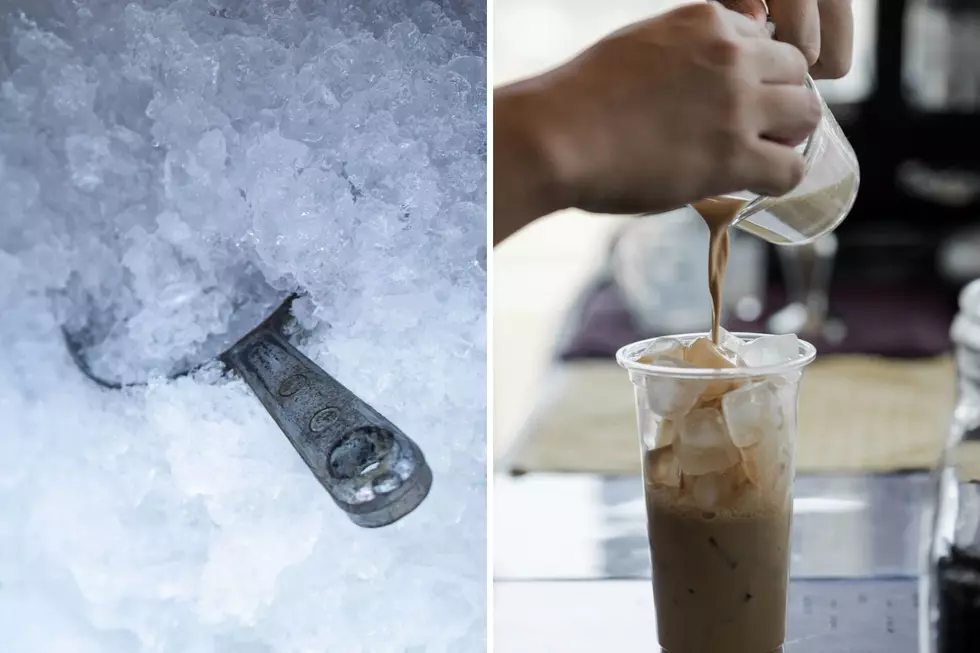
Gross But True: Mold and Slime Can Lurk in Ice Machines That Aren’t Properly Cleaned
To the untrained eye, mold, mildew or "slime" might look like discoloration or a mar in the surface of an ice machine in a commercial kitchen.
Like many organisms, mold and bacteria need moisture and nutrition to grow and unfortunately, the commercial ice machines are positioned to provide both, according to Total Food Service. "Anytime your staff cooks or bakes, trace amounts of grease, sugars, and yeast enter the air," according to a Total Food Service article. "Eventually, these particles end up in your ice machine and become food for mold and slime."
Left untreated, mold, slime and bacteria can get into the drop zone and end up in ice that is served to clients. Gross.
Total Food Service recommends that ice machine systems are thoroughly cleaned twice a year — and more often "where dust, yeast, flour or other airborne particulates are present."
Of course, the cleanings need to be done properly to be effective. Heart "S" HVAC and Ice Machine Cleaning LLC, based in Fruita, cautions that simply removing all the ice, wiping it down and making new ice doesn't count as "cleaning."
Rather, all the ice should be removed, a commercial cleaner should be run through the system, the whole system should be drained and taken apart and all components should be scrubbed.
The best way to ensure this is done properly is to hire an experienced professional such as Heart "S" HVAC and Ice Machine Cleaning LLC. Learn more about their services online at heartshvac.com/ice-machine-cleaning or by calling (970) 261-6423.




